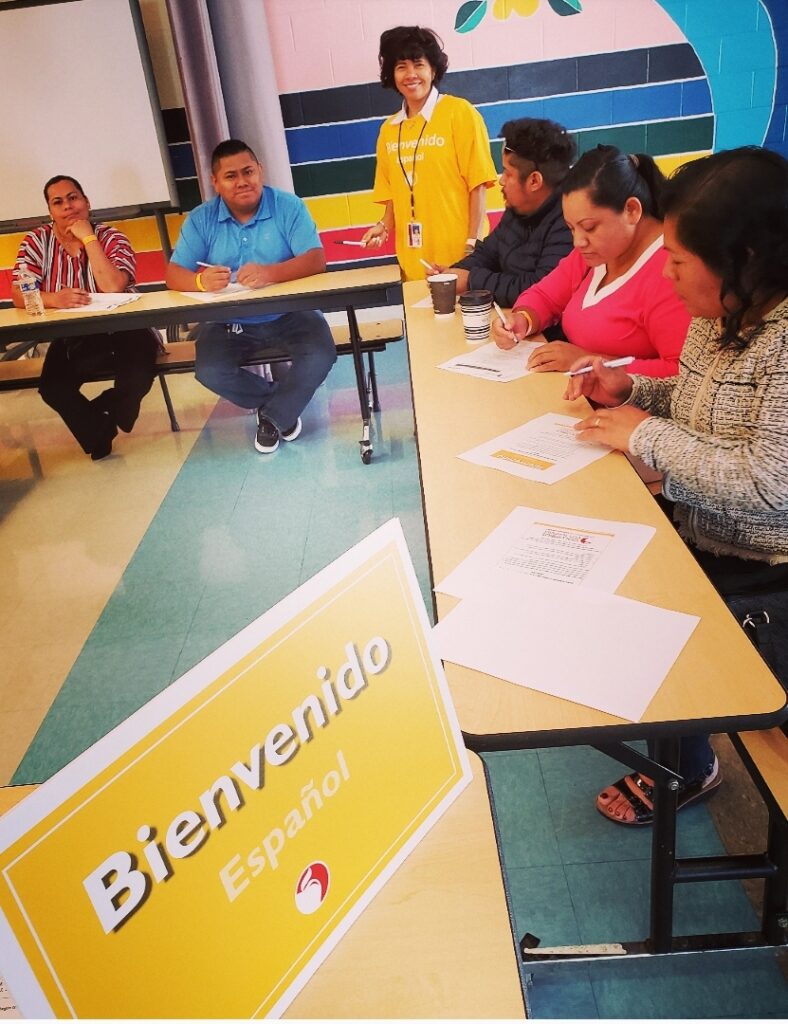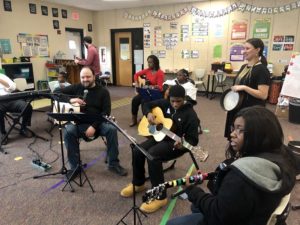Ohio School Story: Columbus City Schools Provides Opportunities for Families Who Speak Languages Other Than English

This story was written by Scott Varner, Executive Director of Community Engagement & generously shared by Seneca Bing, Family and Community Engagement Coordinator from the Columbus City Schools Office of Engagement for us to post here.
With roughly one in six students in Columbus City Schools coming from homes where English is not the primary language spoken, new efforts to engage more families in Ohio’s largest school district have taken a different look and sound this Fall.
The District’s new Department of Engagement, created this school year by new Superintendent Dr. Talisa Dixon, recently launched a “listening tour” aimed at hearing directly from the families of English-Language Learners.
The first two stops on the tour were intentionally hosted at schools where a large number of students are enrolled in English as a Second Language (ESL) classes. Dozens of family members attended, sharing some of the barriers they feel often block and prevent them from connecting with their children’s schools and teachers.
There are more than 100 non-English languages and dialects spoken by students and families in Columbus City Schools.

To ensure that all families could join in the listening tour, interpreters facilitated the conversations and captured parents’ feedback as it was shared. Making it easy to identify who spoke specific languages, the Engagement Team set up a special color-code system for six of the major non-English languages spoken most in the District.
Visitors were welcomed by translated signs in specific colors (a yellow “Welcome” sign in Spanish, for example) and given corresponding wristbands so staff could quickly identify which translated materials the family would need.
In addition, interpreters wore matching color t-shirts – with the same translated “welcome” – so families could easily identify who in the crowd would be best able to assist them.
Local organizations that provide social services to New American families were also at these events, offering families additional information and support.
Initial feedback from the families revealed a struggle by non-English speaking parents to update important contact information, especially in the District’s online student data system.
More stops on the English-Language Learners Family Listening Tour are planned, with hopes of setting up future visits away from the schools and at specific neighborhood locations that are well-identified by families.



